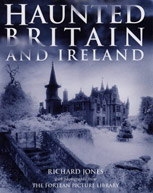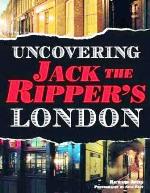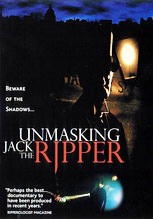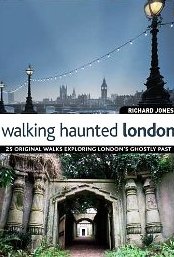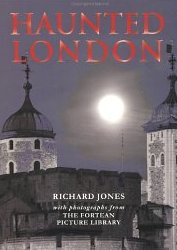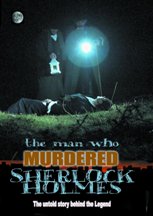THE PHANTOM HEARSE
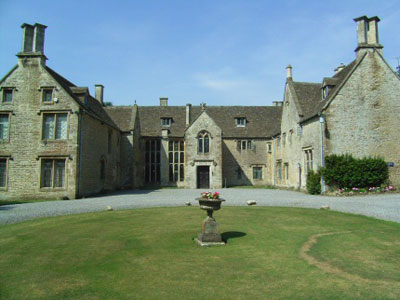
Chavenage, Tetbury,Gloucestershire.
On a late December afternoon in 1648, a group of horsemen galloped along the rutted highways of Gloucestershire.
Muffled against the bleak December weather they forced their mounts on hell for leather until their hooves clattered along the approach to Chavenage - a house that had been built by Edward Stephens in 1576 - and Nathaniel Stephens, Knight of the Shire in Parliament, came out to greet the travel weary band.
Shaking their leader warmly by the hand, Stephens invited them indoors and when they were all ensconced inside, he closed the door against the winter’s night.
Moments later frozen hands were cupped around warming tankards of hot spiced ale, and numbed limbs were thawing before a roaring log fire.
It was then that the group’s leader and Nathaniel Stephens retired from the company and settled down to discuss the matter that had brought Henry Ireton - son-in-law of Oliver Cromwell and leadingParliamentarian - to Chavenage, the killing of their King, Charles 1st.
With the Civil War now over and Charles Stuart a prisoner, it had become apparent to Cromwell that the King would have to be executed if Royalist uprisings were to be deterred.
However, many of his supporters had baulked at the prospect of committing Regicide.
Amongst them was Colonel Nathaniel Stephens, a mild man who wavered in making the decision to sacrifice the life of the King, and who, as Ireton s arrived at his door, had almost made up his mind against it.
The two men are reputed to have sat up all night discussing and arguing the point and it was with great reluctance that, the next morning, Stephens finally agreed to give his acquiescence.
Ireton returned to London and on January 30th 1649, Charles Stuart, King of England, was beheaded outside Whitehall Palace.
The fortunes of Nathaniel Stephens fared little better than those of the King.
His daughter, Abigail, had been away at the time of Ireton’s visit.
Returning shortly after the New year she was furious at her father for bringing the family name into such disrepute, and in her anger she placed a curse upon him.
Soon afterwards Colonel Stephens was taken terminally ill.
Following his death, a hearse driven by a headless man is said to have pulled up at the manor house.
Legend holds that Nathaniel Stephens rose from his coffin and, having knelt in reverence before the figure, was seen to climb into the hearse which then sped away.
As it went its headless coachman assumed the shape of the martyr King, Charles 1st - this being seen as retribution for the Colonel’s disloyalty to his monarch.
Thereafter, until the line became extinct in 1891, whenever a head of the family died the ghost of Charles 1st would reputedly appear in a spectral hearse to spirit him off to the great beyond.
Other spectres, however, have chosen to make their visits to Chavenage in far less melodramatic fashion.
Princess Marie Louise, a grand-daughter of Queen Victoria, was a frequent visitor and her lady-in-waiting, Mrs George Lowsley-Williams, wrote of her own ghostly experiences in her book My Memories of Six Reigns.
On one occasion was sitting sewing in an ante-chamber when a lady in an old-fashioned dress, materialised before her and proceeded to drift into the adjoining bedroom where Princess Louise was resting.
Mrs Lowsley - Williams watched the woman bend over the Princess, study her for a few moments, and then back silent away, fading into nothingness as she did so.
The lady’s identity was never discovered. Certainly no harm befell the Princess following the ghostly visitation and it might just be that a long dead resident was simply curious to get a closer look at such an illustrious visitor who just happened to be sleeping in her house.

